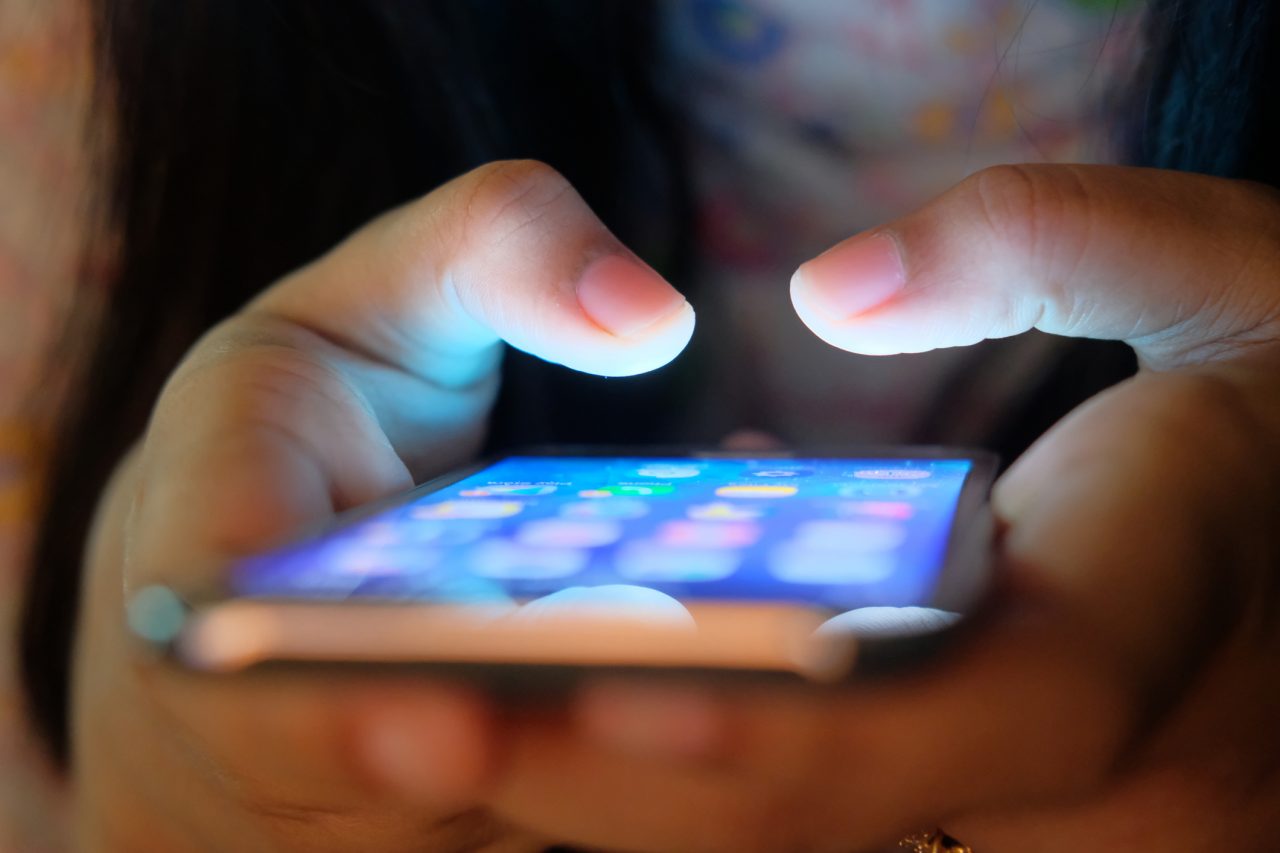-

-
Wikirise.com Advertise with Us HereStats: 4,783 members, 41,616 Posts
Number of Comments : 2,630
Date: Sunday, 22nd December 2024
Two billion mobile phones sold yearly as GSMA seeks device recycling
By Essang Michael - November 5, 2022 | Categories: Business Tags: Gadgets & Electronics
Share this post:

Across the globe, about two billion mobile phones are sold yearly; this is according to the telecoms group, the Global System for Mobile telecommunications Association (GSMA).
Besides, GSMA, which represents the interests of mobile operators worldwide, uniting over 750 operators with nearly 400 companies in the broader mobile ecosystem, including Nigeria, said 85 per cent of mobile phones are not formally recycled, limiting the life cycle of the materials used to build them, and reducing opportunities to improve digital inclusion by extending access to affordable re-used devices.
This information was contained in the ‘GSMA’s Strategy Paper for Circular Economy: Mobile Devices,” which was unveiled ahead of the COP27 climate conference in Egypt.
In the new strategy, GSMA laid out the following vision for the industry, devices with as long a life as possible, made with 100 per cent recyclable and recycled content,
100 per cent renewable energy, and where no device ends up as waste.
This ambition is backed up by a newly developed ‘circularity model’ for the mobile industry, which laid out the principles that operators should consider as they aim to build a circular supply and manufacturing chain by 2050, based on two overarching concepts of “maximised longevity” and “zero waste.”
Head of Climate Action at GSMA and Mobile Sector Lead for the UN Climate Champions, Steven Moore, said: “The mobile industry is making real progress on circularity, but there’s a lot more to do to reduce the environmental impact of devices we rely on every day to stay connected. By setting out a new vision of systemic change for the sector, we’re laying the groundwork for the mobile industry to reduce material waste and increase the longevity of devices.”
Head of Sustainability at Tele2, Erik Wottrich, who led the development of the strategy paper, said: “An increased circularity for devices has a huge potential to reduce negative environmental impact, and at the same time to enable new business models that can generate new business opportunities. This is a great step forward for us as an industry, but there is still much work to be done.
Tele2 is proud to have led the development of the strategy paper as we are committed to advancing the circular economy by developing new customer offerings based on a circular business model, which will be key for us to reduce our negative climate impact and achieve our scope 3/value-chain science-based target.
On the environmental implication, the paper observed that mobile phones play an essential and positive role in the lives of people around the globe; connecting people to loved ones, enabling digital inclusion and delivering economic progress worldwide.
It said over their life cycle, they also have environmental impacts – both positive and negative, adding that mobile phones contribute to carbon reduction by reducing the need to travel, but also cause environmental impacts of their own.
According to GSMA, which said of the life cycle of a mobile phone, the majority of environmental impact, around 80 per cent is in its manufacture, noted that over 50 different materials can currently be found in an average smartphone, including plastics, ceramics, rare metals, copper and silicon. The body said mining for these materials can cause negative environmental and social impacts. Manufacturing and assembly also contribute to greenhouse gas emissions from fossil fuel use.
GSMA informed that extending the lifetime of all smartphones in the world by one year has the potential to save up to 21.4 million tonnes of CO2 emissions yearly by 2030, equal to taking more than 4.7 million cars off the road.
The GSMA’s paper emphasises the importance of engaging all elements of the supply chain to drive a step-change in the circularity of the mobile device market – from operators to suppliers, manufacturers to consumers, repairers to recyclers; all have a role to play.
The telecoms body said in the past seven years, the mobile phone replacement cycle has increased by 10 months, from 24 months in 2014 to 34 months in 2021 worldwide. It predicted that this trend would continue with the refurbished mobile device market predicted to be worth more than $140 billion by 2030 compared to $49.9 billion in 2020.